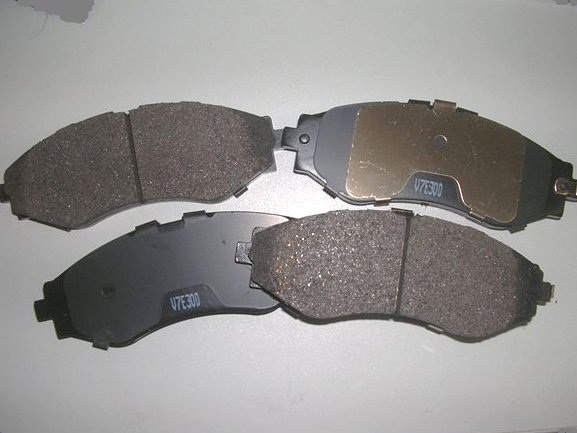The engineers of car manufacturers give their recommendations on the timing of replacement brake pads. These assignments are individual for each model of vehicle. And should be fixed in a manual car. However, such tips are always relative. They often determine when you should begin to regularly check the condition of the brake pads and the front and rear. The range of mileage figures between them is tens of thousands of kilometers.Typically, the first wear out front brake pads. When braking that they bear the main burden. On average, enough for 20-30 thousand miles. the Rear pads wear out twice as slowly.And yet these figures are very conditional. Because the pad wear depends on a number of factors. Among them there are set initially and same for all cars in the same series. This design of the brake, the car's weight, the quality of material of brake pads and brake discs (or drums). There are also circumstances beyond the control of the owner of the car. For example, in what weather conditions and what season of exploit the transport. Usually in the summer, in good weather, the car is used more intensively. In this period inevitably increase mileage, speed, and wear is also accelerated. Impact on the pad and loading vehicles. The more it is loaded completely, the faster you wear out the brakes. Strongly affects the rate of wear of the brake components riding style. Aggressive driving when a driver is maneuvering a lot and rebuilds and thus accelerates sharply and often slow, leading to accelerated wear of brake pads. To determine the residual life of the brake pads can according to their condition visually. Usually, each block in the thickness of the protective pads has special transverse grooves. If the pads are erased to the ground these furrows, then the time has come for their replacement. Also considered to be the minimum allowable thickness of 2-3 mm. However, what thickness is considered permissible, it is better to rely on the manufacturers ' recommendations as to the cars, and brake pads. A clear illustration of the need for replacement of brake pads is the decrease in braking performance, especially under emergency braking. And increasing the brake pedal travel. Another sign is a marked decrease in the level in the brake fluid reservoir. And, of course, unpleasant sound that is heard when braking – squeak, rattle or crunching. Not worth your car to bring to this state and to economize on the stocks. First, they are not very expensive. Second, they determine the safety of the vehicle.And more good news: a modern car can tell the owner when it's time to change pads. Manufacturers, worrying about security, now equipped with many sensors brake pad wear. Information about limit their wear is displayed on the dashboard where the indicator is triggered.
When you need to change pads
Any vehicle sooner or later requires replacement of the brake pads. How to determine that this moment has arrived? You do not need to study at the mechanic. Just need to know the causes that affect the wear of the brake system, and also to listen to what the manufacturers suggest and experienced motorists.
